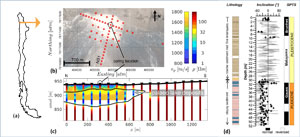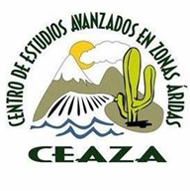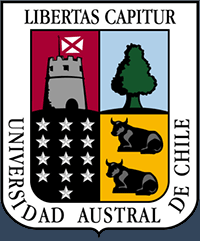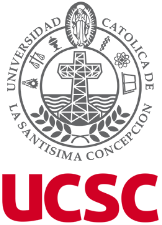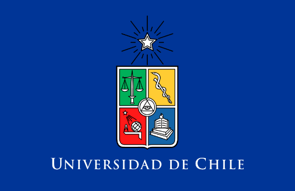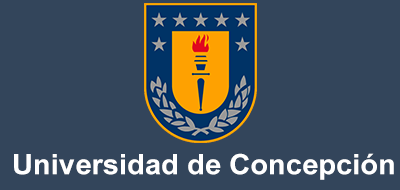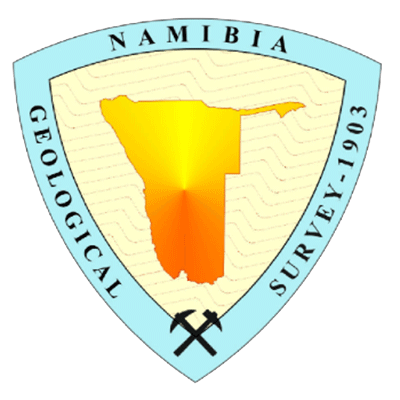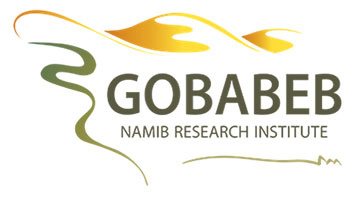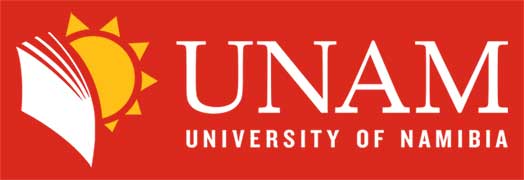Project ended after 2nd Phase
Geophysical imaging of subsurface properties and magnetostratigraphy of sedimentary records
Research areas: Geophysical Imaging and Magnetostratigraphy
Principal investigators: Prof. Dr. Martin Melles, Dr. Pritam Yogeshwar
Project Info
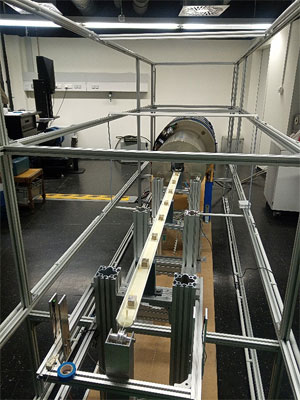 The Rock and Palaeomagnetic Laboratory of the University of Cologne The Rock and Palaeomagnetic Laboratory of the University of Cologne |
Project D7 focusses on the application and further development of two different geophysical approaches.
Our objectives are:
(1) the application of geophysical imaging techniques at multiple scales and development of a flexible inversion algorithm for subsurface imaging of Transient Electromagnetic (TEM) data using structural constraints from seismic data, and
(2) the improvement of age control of sedimentary records using magnetostratigraphy, and the development of the first master record of relative palaeointensity (RPI) for the Atacama, as well as identification of mineral magnetic proxies to unveil details of climatic evolution.
The combined outcome provides key input for the investigation of sites in Chile and Namibia: Subsurface geophysical models are pre-requisite to select optimal coring, excavation and sampling sites and to subsequently link point information from cores to their spatial context. The development of novel interpretation schemes for TEM improves the geophysical imaging for complex scenarios. Magnetic polarity stratigraphy is one of very few methods able to provide age constraints in the hyper arid environmental setting. We will expand the method to new kind of archives and will develop new sampling techniques for very brittle material. The identification of magnetic proxies of extremely dry climatic conditions is another aspect.
Overall, the evidence resulting from the application and further development of geophysical techniques supports the CRC by providing combined information on the depth, structure, age and depositional conditions of sedimentary successions. This will improve the interpretation of the genesis of sedimentary sequences significantly. Besides, the development of palaeomagnetic techniques and novel TEM inversion will amplify geophysical interpretation schemes also beyond the CRC.
Publications
Project D7 - Publications
Articles
Nienhaus, H., Yogeshwar, P., Mörbe, W., Tezkan, B., Büttner, C., Legler, M., Buske, S., Lushetile, B., Wennrich, V., Melles, M., 2023.
Geophysical and geological exploration of the Aurus clay pan as an archive of the long-term climatic and environmental history of the Namib Desert.
Global and Planetary Change. 230, 1 - 16. DOI: https://doi.org/10.1016/j.gloplacha.2023.104259.
Blanco, B., Yogeshwar, P., Tezkan, B., Mörbe, W., Díaz, D., Farah, B., Buske, S., Ninnemann, L., Diederich, J., Wennrich, V., 2022.
Exploration of sedimentary deposits in the Atacama Desert, Chile, using integrated geophysical techniques.
Journal of South American Earth Sciences. 115, 32767 - 32767. DOI: https://doi.org/10.1016/j.jsames.2022.103746.
Event Paper
Bouhdayad, F., Menezes Freire, T., Auer, G., Carballeira, R., Herwartz, D., Scheidt, S., Leicher, N., Wennrich, V., Albert, R., Gerdes, A., Petersen, J., Nielsen, S., Rivadeneira, M. M., Grunert, P., 2023.
Stratigraphy and depositional environment of Neogene diatom-rich sediments (Bahía Inglesa Formation) at Quebrada Tiburón, northern-central Chile.
Proc. of EGU General Assembly 2023, April 23 - 28, 2023, Vienna, Austria, 9253 - 9253.
Data
Project D7 - Research Data
Nienhaus, H., Yogeshwar, P., Mörbe, W., Melles, M., 2023.
Transient Electromagnetic Data of the Roter Kamm Crater, Namibia.
CRC1211 Database (CRC1211DB).
Blanco, B., Yogeshwar, P., 2023.
Transient Electromagnetic dataset of geophysical Exploration for Tiliviche fault, northern Chile.
CRC1211 Database (CRC1211DB).
Blanco, B., Yogeshwar, P., 2023.
Transient Electromagnetic dataset of geophysical Exploration for the Quebrada Tiburon, northern Chile.
CRC1211 Database (CRC1211DB).
Nienhaus, H., Melles, M., Wennrich, V., 2023.
Results from the analyses of the geological samples of the Aurus Clay Pan, Namibia.
CRC1211 Database (CRC1211DB).
Nienhaus, H., Büttner, C., Buske, S., Melles, M., 2023.
Seismic Data of the Aurus Clay Pan and the Roter Kamm Crater, Namibia.
CRC1211 Database (CRC1211DB).
Nienhaus, H., Yogeshwar, P., Melles, M., 2023.
Transient Electromagnetic Data of the Aurus Clay Pan, Namibia.
CRC1211 Database (CRC1211DB). DOI: 10.5880/CRC1211DB.62.
Blanco, B., Wennrich, V., Yogeshwar, P., 2019.
Transient Electromagnetic data of PAG and PARANAL claypan..
CRC1211 Database (CRC1211DB).




